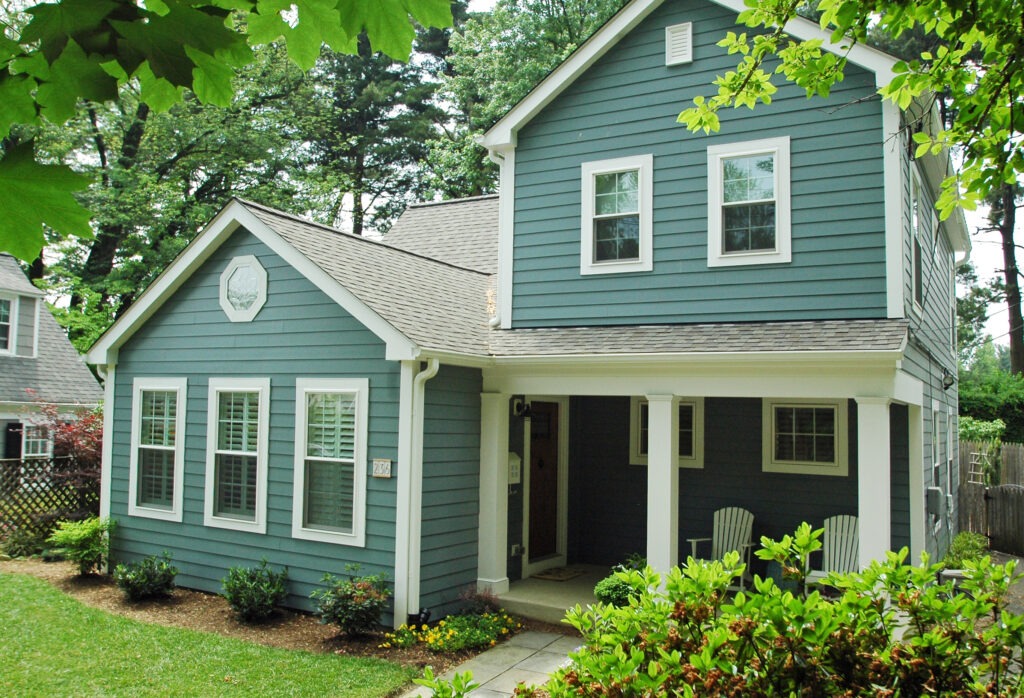The chill of another winter has arrived in Montgomery County and the surrounding areas, and the signs are abundant. Heavy coats are very much in fashion, and quite often you can see your breath. Hopefully, the signs indicating that it’s cold remain outside. Certain signs that you notice inside your home — such as freezing pipes and rising utility bills — are indicators not only that it’s cold, but also that your home could be underinsulated, and that steps need to be taken to keep the warm air inside.
North American Product Manager – Insulation SystemsYour home’s insulation and weatherization systems work hand in hand to keep your home comfortable through the year by restricting the conduction of heat or cold from the outside of your home to the inside. Without proper insulation, your heating costs can rise in the winter, and your cooling costs can soar in the summer. How bad is the problem? The U.S. ENERGY STAR program estimates that leaks and insulation issues in the average home amount to the equivalent of leaving a window open year-round.
Here are some signs that indicate that your home could be underinsulated, along with tips to fix the problem:
- Frozen pipes. The unpredictable weather of the past few years has led to some homeowners experiencing frozen pipes for the first time. If you’re having problems with frozen pipes and the cold is not extreme, you’ll want to inspect the area where the pipes run to see whether the insulation is sufficient.
- Ice dams on your roof. Ice dams form when heat from your home passes through an insufficiently insulated attic to your roof’s surface. The heat thaws any snow that has accumulated on your roof. The water then flows down toward the eaves, where it’s colder, and refreezes. Over time, the ice builds up, and water backs up onto your roof, eventually finding its way under your roofing material and causing leaks.
- Rising energy bills. Are your utility bills creeping up? If your average energy usage is increasing over previous similar seasons, it could be a sign that your climate control system has to run more often to provide the same level of comfort to which you’re accustomed. Too much heat is escaping during the winter, perhaps because of insufficient insulation, and too much cool air is getting out during warmer months.
- The HVAC system runs constantly. Sometimes, you don’t have to wait for a heating bill to arrive to notice the problem. Does it seem as though your HVAC system is running more than usual? When your home can’t retain heated or cooled air, your HVAC system has to work much harder to keep up. Not only can this impact your utility bill, it can cause your HVAC system to fail more quickly.
- New drafts. Are your walls drafty at the top? This is a sign that the insulation may have settled. This particular effect is common with blown insulation, which is one of the many reasons spray insulation works better.
- Uneven temperatures between rooms on the same floor. If there’s a big temperature discrepancy between rooms with similar features, you’ll want to determine whether the insulation is failing in one room. Remember that if a large window or a southern or western exposure is a feature in one room, that can affect heating and cooling as well.
- Attic moisture issues. If your attic is insufficiently insulated, it can get hot, causing condensation that leads to mold and mildew, in addition to creating water stains on the ceiling below.
- It’s extra warm upstairs in the summer. A warmer upper story can be the result of poor insulation that fails to provide enough of a buffer between your home’s air-conditioned interior and the hot summer sun beating down on your roof. The upstairs may be somewhat cooler in the winter for the same reasons, though it’s not as noticeable because heat rises.
In addition to feeling cold, ignoring the signs of an underinsulated home can result in costly damage to your home’s interior and weatherization system. A simple inspection will help you decide whether it’s time to upgrade or replace your home’s insulation. You can quickly recover the cost through lower utility bills while enjoying a more comfortable environment. Depending on the materials used, you may even see superior performance compared with the original insulation. If your home needs more insulation, it’s important to contact a contractor soon to get the process started.
—
Stephen Davis — a speaker, author, entrepreneur, building scientist and all-around good guy — has been in the insulation and construction industry for 30 years. Davis is North American Product Manager – Insulation Systems, for Accella Polyurethane Systems, LLC. He is involved with product management and innovation, and provides building solutions to internal and external clients. Davis also is involved in marketing efforts and commercial construction programs.




